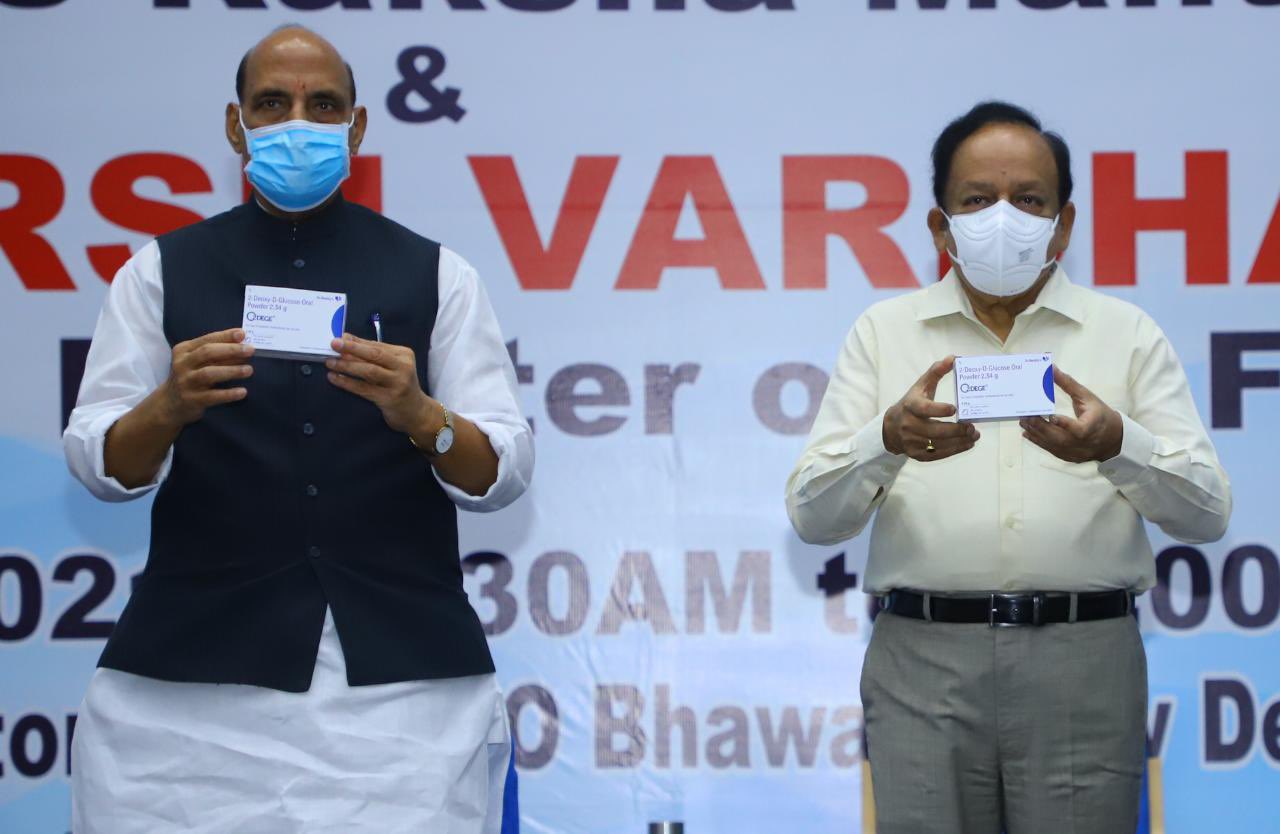
During the COVID-19 pandemic, these influenza surveillance systems were re-purposed to also monitor SARS-CoV-2. The surveillance focus during the pandemic was necessarily on the new SARS-CoV-2 virus. Yet the system still managed to detect an acute surge in influenza A(H3N2) cases in mid to late 2020 (during epidemiological weeks 35 to 45).
During those ten weeks, 245 cases of influenza {influenza A(H3N2)} were detected among 1588 collected samples of SARI and ILI by laboratory investigation. The government of Bangladesh used information and analysis from the laboratory and surveillance network to design and launch effective measures to manage the outbreak. As a result of these measures, coupled with the public health and social measures applied for containing COVID-19, influenza A(H3N2) cases gradually started decreasing from early October 2020. Later, selected specimens from the outbreak were sent to the WHO collaborating centre at the US Centres for Disease Control in Atlanta, United States to inform the WHO’s bi-annual vaccine composition meeting.
The detection and subtyping of, and response to, the surge in influenza A(H3N2) co-circulation amid supply shortages and diverted attention caused by the COVID-19 pandemic was a major achievement and a clear example of Bangladesh’s readiness for early warning, alert and response. There is little doubt that PIP PC investments in laboratory and surveillance capacities contributed to enabling early detection of this most recent and other influenza outbreaks in Bangladesh.
For example, PIP PC investments supplied training and technical support to enhance the skills of surveillance officers and Rapid Response Team members at national and sub-national levels. This then helped to establish a strong country-wide network for detecting and responding to referred influenza outbreaks at surveillance sites. It is this network that effectively tracked the spread of influenza across different areas of the country. PIP PC investments have also delivered significant advances in active sample transportation from sentinel sites to testing laboratories, which enabled timely delivery (and then confirmation) of samples during the influenza A/H3N2 outbreak when transportation processes and laboratories were overwhelmed with COVID-19.
Bangladesh’s ability to detect, subtype and respond to the 2020 influenza A(H3N2) outbreak is a strong indicator that the country will be able to handle bigger influenza outbreaks. But there are still gaps in the country’s laboratory-assisted system for influenza surveillance and rapid response and continued PIP PC investment will be instrumental to continue addressing these.










